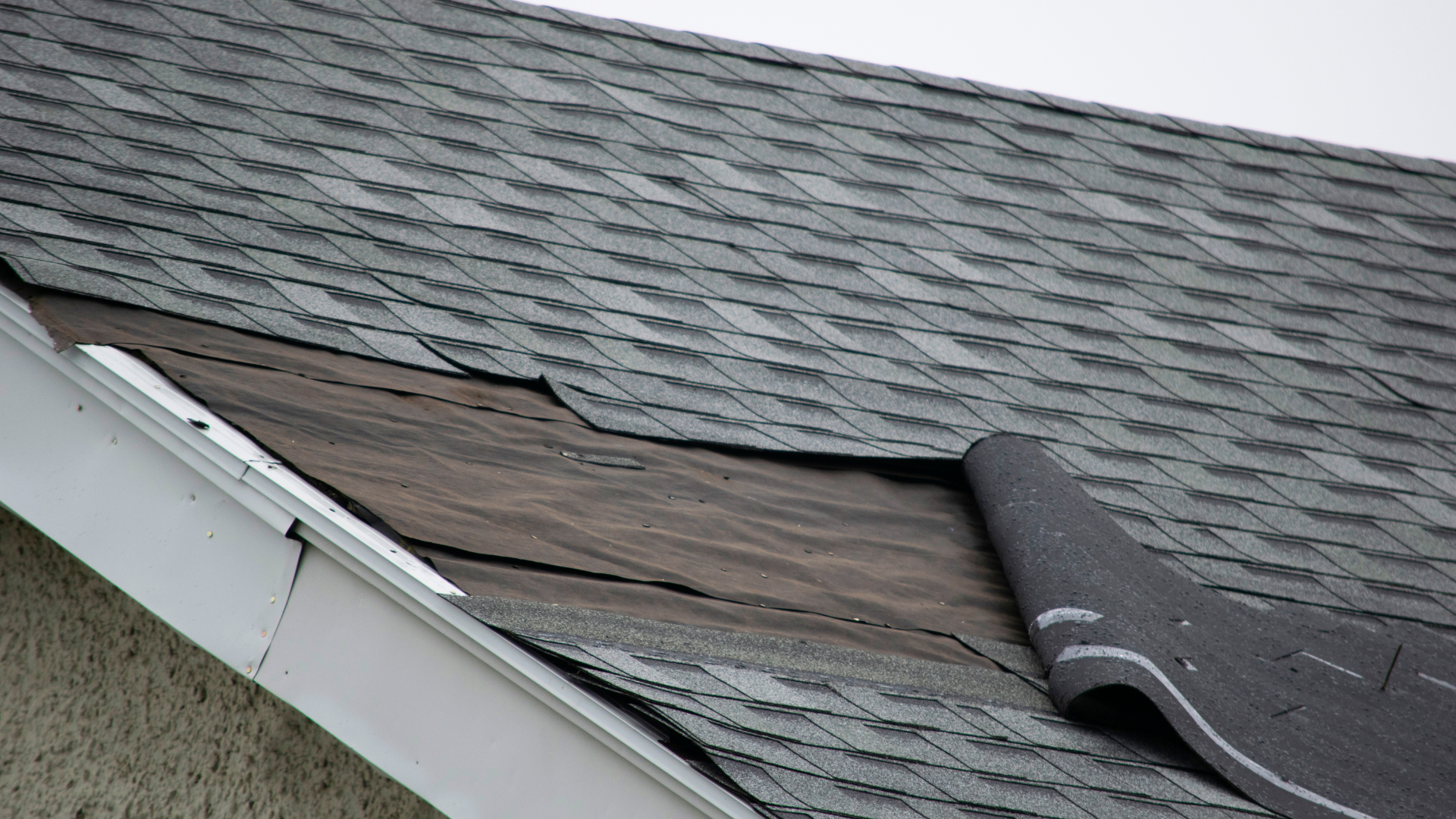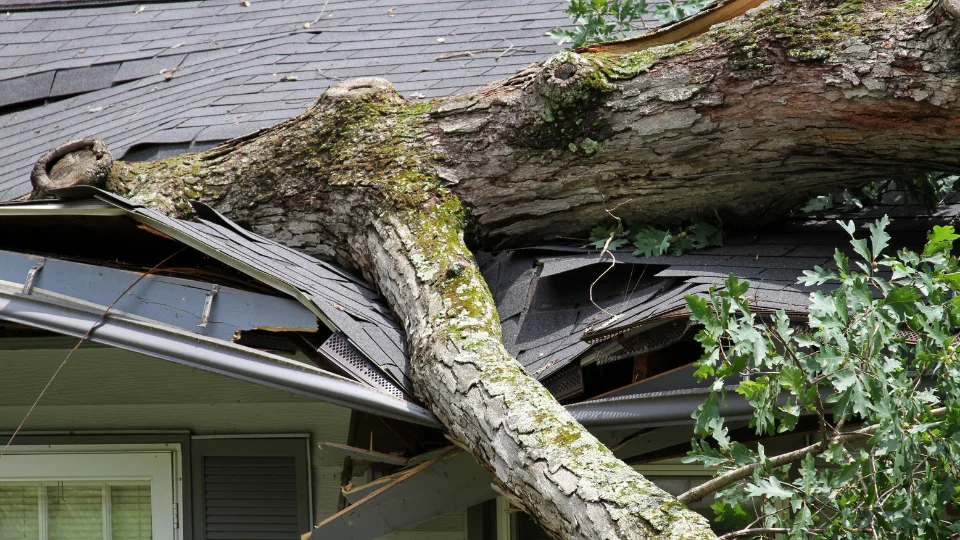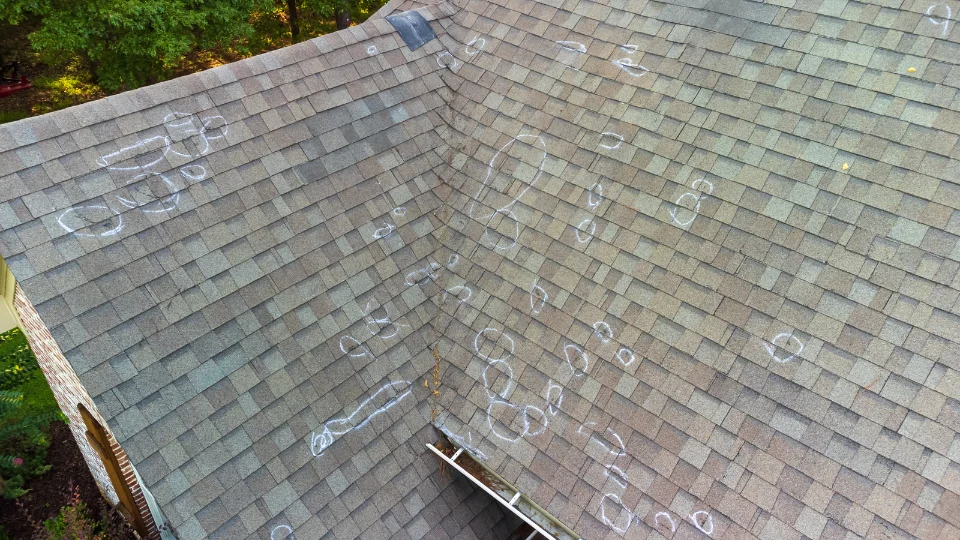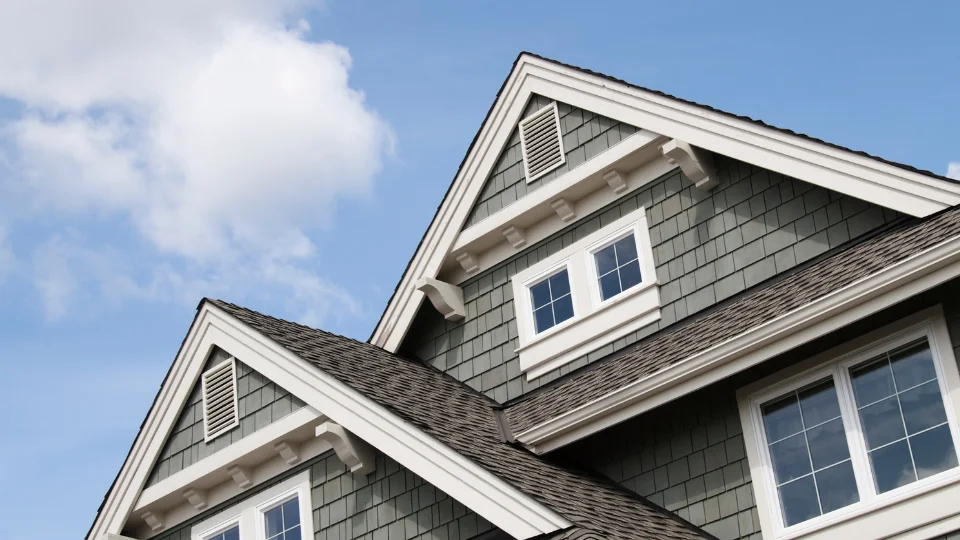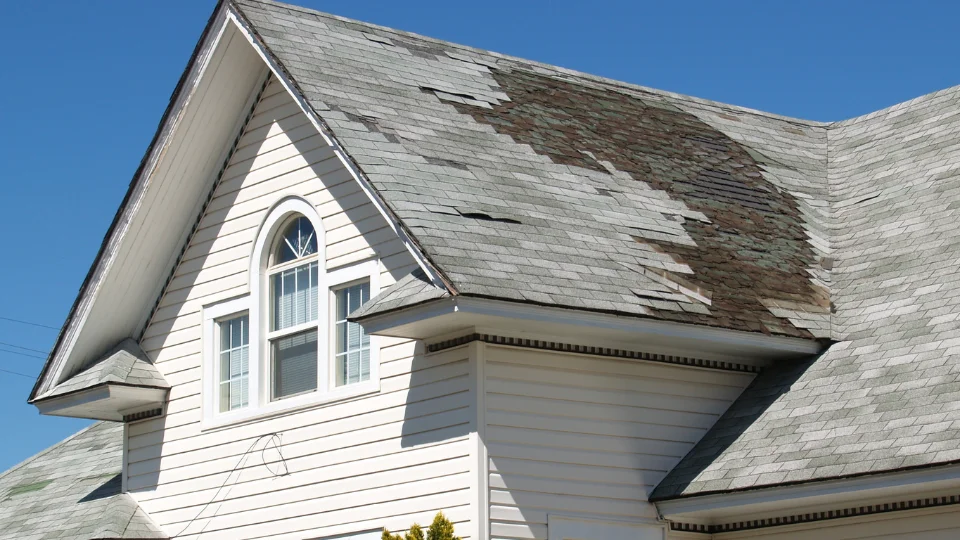As a homeowner, your roof is one of the most critical parts of your home’s protection, shielding you from the elements. But as the years go by, many find themselves asking: Will my homeowner’s insurance still cover my aging, 15-year-old roof? It’s a common concern, especially considering how essential it is to have your roof covered in case of unexpected damage. Navigating insurance policies can feel daunting, but understanding how roof age affects coverage can help you make informed decisions. This article breaks down the key elements, from how insurers evaluate older roofs to steps you can take to improve your chances of a successful claim.
Keep reading; it’s simpler than you think, and by the end, you’ll know exactly what steps to take next to safeguard your home.
The Key Variables That Affect Insurance Coverage for Aging Roofs
When it comes to older roofs, insurance coverage isn’t as straightforward as you might hope. Several factors influence whether your policy will cover repairs or replacement, including roof age, overall condition, and maintenance history, as well as the impact of recent weather events. Let’s take a closer look at each.
How Roof Age Impacts Insurance Eligibility
The age of your roof plays a significant role in your insurance coverage. Generally, most insurance companies have specific rules regarding how they handle older roofs. If your roof is 15 years old or more, it might not be eligible for full replacement coverage. Instead, insurance providers may offer a policy that covers only the actual cash value (ACV), which factors in depreciation. This means that if your roof is damaged, the payout might be significantly lower than what it would cost to install a brand-new roof.
Here’s how it typically works: If your roof is under 10 years old, insurers are more likely to cover the full replacement cost. As the roof gets older, especially once it passes the 15-year mark, many policies switch to ACV coverage, meaning your reimbursement will be reduced based on the age and wear of your roof. Once a roof reaches a certain age (often 20 years or more), some insurers might refuse to cover it altogether or impose strict conditions.
To avoid surprises, check your policy’s specifics. Knowing the type of coverage you have before you need to file a claim can help you prepare for potential out-of-pocket costs.
Condition and Regular Maintenance: Why It Matters
While age is a significant factor, the overall condition of your roof can have just as much impact on your insurance coverage. Insurers look favorably on roofs that have been well-maintained. This includes regular inspections, minor repairs, and upkeep tasks such as clearing debris, cleaning gutters, and replacing damaged shingles.
Good maintenance reduces risk. A well-cared-for roof is less likely to suffer extensive damage, which means insurers see it as less of a risk. If your roof is in good condition, even if it’s 15 years old, you’re more likely to receive favorable coverage terms.
Evidence boosts claims. Keeping a record of regular maintenance (receipts, inspection reports, and photos) is crucial. This documentation can significantly improve your chances of getting a claim approved, even if your roof is older.
Artie Hendricks, a roofing expert, advises: “Routine maintenance isn’t just about extending the life of your roof; it’s also about demonstrating to insurers that you’ve been proactive. This can be a game-changer when it comes time to file a claim.”
Not all roofing materials age at the same rate, either. Metal roofs, for example, may last up to 50 years, while asphalt shingles might need replacing after 20-25 years. When assessing your coverage, insurers will consider the type of material used, so knowing what you have and its expected lifespan can help you better understand your policy options.
The Effect of Recent Weather Events on Coverage
If you live in an area prone to extreme weather, you already know how quickly a storm can damage a roof. For aging roofs, this can be a double-edged sword. Insurers often scrutinize claims closely after severe weather events, especially when the roof is older.
Here’s what to keep in mind: Older roofs damaged by recent storms might be categorized as high-risk by insurers. They might limit or deny coverage depending on the roof’s age and the extent of the damage. Weather history influences policies. After major storms or hurricanes, insurance companies sometimes adjust their policies for future coverage. If you live in an area that frequently experiences severe weather, you may face stricter rules when renewing or purchasing new coverage for an older roof.
The takeaway? Regular maintenance is crucial, and prompt reporting of any damage after a storm can help keep your insurance coverage intact.
Steps to Take When Filing Insurance Claims for Older Roofs
Filing a claim for a 15-year-old roof can feel overwhelming, but preparing in advance can make the process smoother. Here are some steps to consider:
- Gather Documentation: Keep all receipts and records related to the roof, including the original installation, any repairs, and maintenance logs. Photograph your roof regularly to document its condition over time. This can help you prove that you’ve been proactive in caring for your roof.
- Schedule a Professional Inspection: Hire a licensed roofing contractor to inspect your roof. A professional can identify potential issues and provide a detailed report. This inspection might highlight necessary repairs that could strengthen your case if you need to file a claim.
- Communicate Clearly With Your Insurer: Make sure to understand your policy details and ask questions if something is unclear. Provide all the necessary documentation promptly to avoid delays. Be proactive in discussing your roof’s age and condition with your insurance company, so there are no surprises if you need to file a claim.
- Address Claim Disputes Head-On: Understand your rights and review your homeowner’s policy carefully, including what it says about older roofs. Consider mediation if your claim is denied. A third-party mediator might help negotiate a fair settlement with your insurance provider. Know when to seek legal help. While rare, there are situations where policyholders may need to take legal action if they believe they’ve been wrongfully denied coverage.
Being prepared, thorough, and proactive can go a long way toward a successful claims process. Remember, insurance companies want to minimize risk, and demonstrating that your roof is a well-maintained, lower-risk asset can make your case stronger.
Conclusion: Will Insurance Cover a 15-Year-Old Roof?
The age of your roof is a significant factor that affects your homeowner’s insurance coverage, especially once it reaches the 15-year mark. But age doesn’t tell the whole story. A well-maintained roof, documented proof of care, and a proactive approach can make all the difference when it comes to filing claims. Weather events, maintenance history, and even roofing material can play crucial roles in how insurers assess coverage for older roofs.
If your roof is approaching or past that 15-year threshold, now is the time to act. Make sure your roof is in the best shape possible, and keep all your records organized. Regular inspections, timely repairs, and clear communication with your insurance provider can ensure you’re ready if the unexpected happens.
Protect Your Home With Landmark Roofing
Is your roof getting up there in age, and you’re worried about coverage? Landmark Roofing is here to help. Our experienced team offers comprehensive roof inspections and maintenance services to keep your roof in top condition, ensuring you’re prepared for anything. Don’t wait until it’s too late—contact Landmark Roofing today for a free consultation and let us help you safeguard your home and peace of mind!

